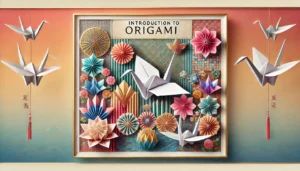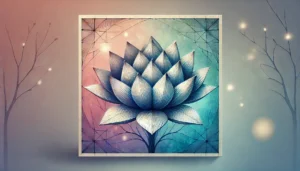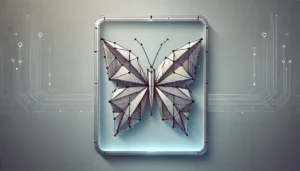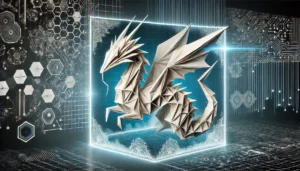Introduction: The Timeless Art of Origami

Origami, the ancient Japanese art of paper folding, has evolved far beyond its traditional roots. Originally a cultural craft, it now influences fields as diverse as mathematics, engineering, and even space exploration. From delicate paper cranes to high-tech robotic applications, origami has transformed into a dynamic discipline blending creativity with scientific precision. In this article, we explore the fascinating journey of origami, its deep mathematical connections, and its role in modern technology.
The Paper Crane: A Legacy of Hope and Tradition
One of the most iconic origami creations, the paper crane, carries profound cultural significance. In Japan, it symbolizes peace and longevity, often folded in times of remembrance or prayer.
Origins of Origami
- The term origami is derived from the Japanese words “ori” (folding) and “kami” (paper).
- Paper folding traditions can be traced to Japan, China, Spain, and Germany.
- According to the 1,000 paper cranes legend, folding a thousand cranes grants the maker a wish, making it a symbol of hope.
- Historical uses include ceremonial rituals, samurai traditions, and religious offerings.
The Lotus Flower: Geometry in Motion

Origami is deeply intertwined with mathematical principles. The lotus flower fold exemplifies how mathematical precision shapes intricate patterns.
Mathematical Principles of Origami
- Maekawa’s theorem explains how origami folds follow a pattern of mountain and valley folds.
- Huzita-Hatori axioms define how paper folds create geometric angles and structures.
- Fractals and tessellations found in origami inspire advances in computational geometry.
- Crease pattern algorithms are now used to develop advanced engineering solutions.
The Butterfly Fold: Engineering Breakthroughs with Origami

The transformative nature of the butterfly fold mirrors origami’s influence on modern engineering and robotics.
Origami in Engineering and Robotics
- NASA’s solar panels and space structures use origami-based designs for compact storage and expansion.
- Medical technology benefits from origami-inspired foldable stents and drug-delivery systems.
- Robotics utilizes origami for developing compact, flexible machines for search-and-rescue operations.
- Self-folding robots can change shape based on environmental needs.
The Dragon Fold: Origami and Advanced Computational Design

Origami is now powered by cutting-edge algorithms and artificial intelligence, enabling unprecedented levels of complexity.
Algorithmic and Computational Origami
- Computer-assisted folding enables intricate designs previously impossible by hand.
- Physics-based simulations predict how different materials behave when folded.
- Origami architecture produces lightweight, energy-efficient structures.
- Bio-origami mimics natural folding processes, influencing advancements in biomedicine and genetic research.
The Boat Fold: Practical Applications of Origami
Origami’s real-world applications extend beyond aesthetics, impacting industries worldwide.
How Origami Shapes Modern Innovation
- Sustainable packaging reduces waste with foldable, space-efficient designs.
- Military applications include origami-inspired shelters and compact protective gear.
- Fashion and design integrate origami elements into futuristic clothing and accessories.
- Automotive safety benefits from origami airbag technology for efficient deployment.
- Water filtration systems use origami principles to create low-cost, portable solutions.
The Star Fold: Origami’s Expanding Future
The future of origami holds limitless possibilities, from AI-powered designs to space-age materials.
What’s Next for Origami?
- Artificial intelligence is revolutionizing how origami structures are designed and optimized.
- Bio-origami may lead to breakthroughs in tissue engineering and self-assembling biological structures.
- Aerospace advancements continue integrating origami for lightweight, high-performance solutions.
- 3D-printed origami is paving the way for rapid prototyping in manufacturing and construction.
- Shape-memory materials inspired by origami could enhance robotics, wearable tech, and adaptive architecture.
Conclusion: Origami as a Bridge Between Art and Science
From its humble beginnings to its role in cutting-edge scientific applications, origami proves that art and science are deeply connected. Whether through traditional paper cranes or complex space structures, origami continues to inspire and innovate across multiple disciplines. As technology advances, the potential for origami in engineering, medicine, and even artificial intelligence remains boundless, ensuring its relevance for generations to come.